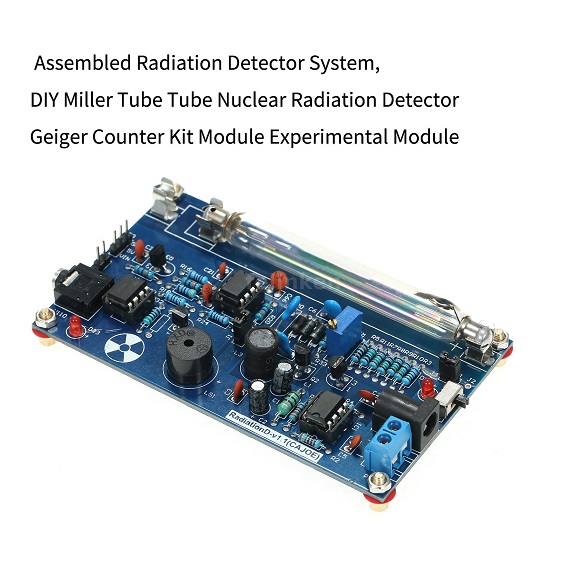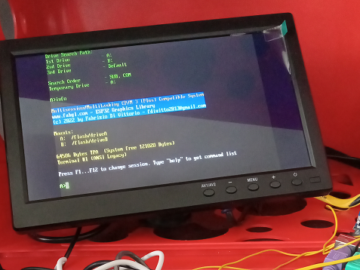Been looking for simple serial devices to connect to this Micro32 board and thought this might be a really good option. The board above is a common kit sold as a geiger counter with serial connection to the Arduino. The kit and design have been so well debugged it is now available from a very wide range of suppliers. It is typical of the range you might want to measure in a shelter to determine when somebody has gotten through your staging area and decon dragging hot particles with them. As with a malfunction in your air intake you want to be informed immediately the instant the background radiation inside the shelter ever suddenly goes up without warning. It’s the sort of thing you don’t want to find out a week later after everybody in the shelter has unknowingly been inhaling alpha, beta and even gamma particles from fallout radiation.
The code is available on Github and I had few problems poring through it to see how to access the board and record levels with it. It is a very well debugged module for the Arduino and most of the code ports easily over for the ESP32 on this VGA/PS2 board I am working on.
The most important aspect is that I am trying to make functionality like this pluggable without hardcoding it. Ideally you would select one or more scripts that are in the flash directory to run alongside the web server and they would compile and execute at run-time to support all functions you have chosen for this little board; modbus, geiger counter, analog or digital, etc.
I could do upgrades or updates of the software to support new ideas and users could utilize the scripting language to write their own. I am hoping it could be as simple as me publishing an article up here with the instructions how to connect something new, then actually putting <code> tags around the script and telling people to cut and paste this into the browser home page for CD-OS/VAULT-OS (still trying to figure out what to call this super atomic tiny version) and clicking “ADD” to stick new modules in!
A lot of this has to be sorted out by trial and error to find the best global way to deploy it, best way to upgrade it and add new data to the server and similar problems. I will work out a way and hopefully after it has been released a couple months it will be utterly perfected and those same mechanisms will be portable to VAULT-SYS (the biggest application) when it is ready. Luckily this ESP32 Micro32 board has a dozen examples of self-update and remote upgrade that will be a huge help.





